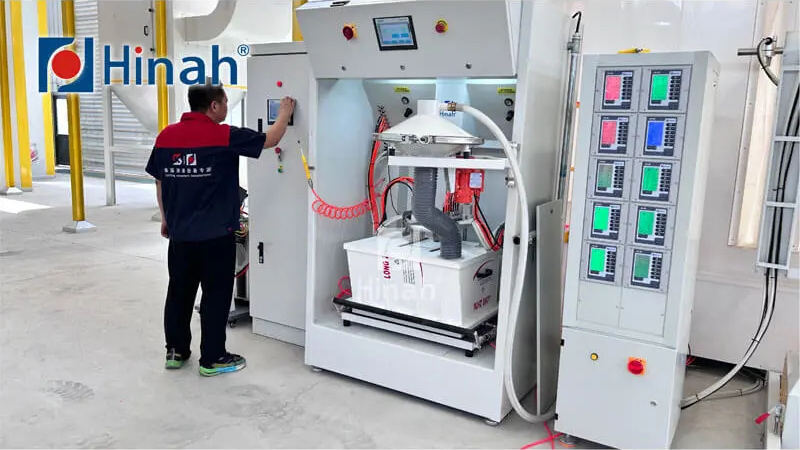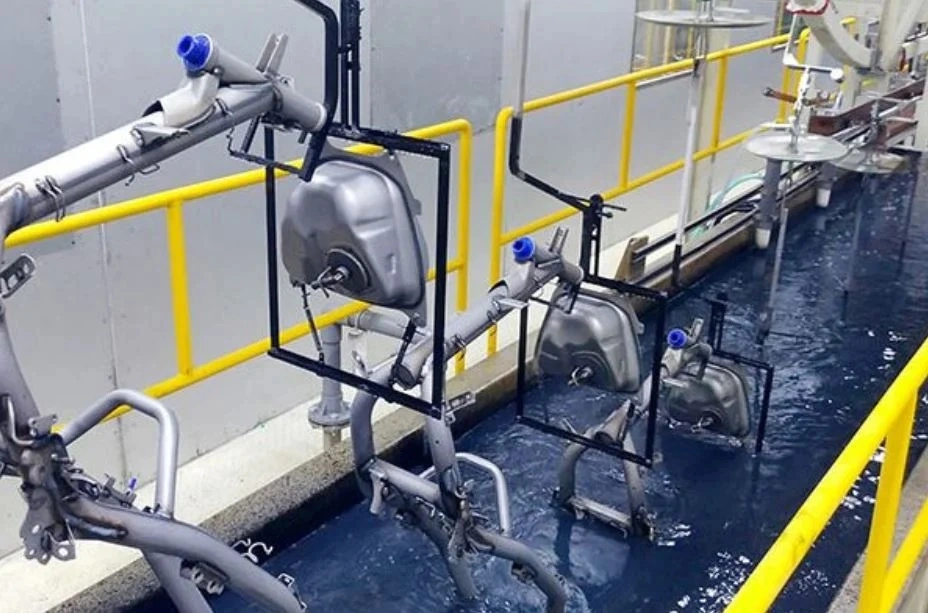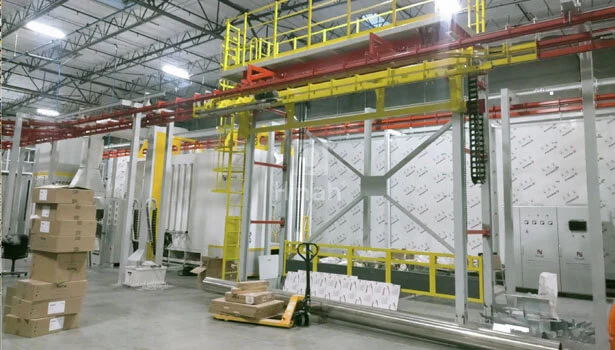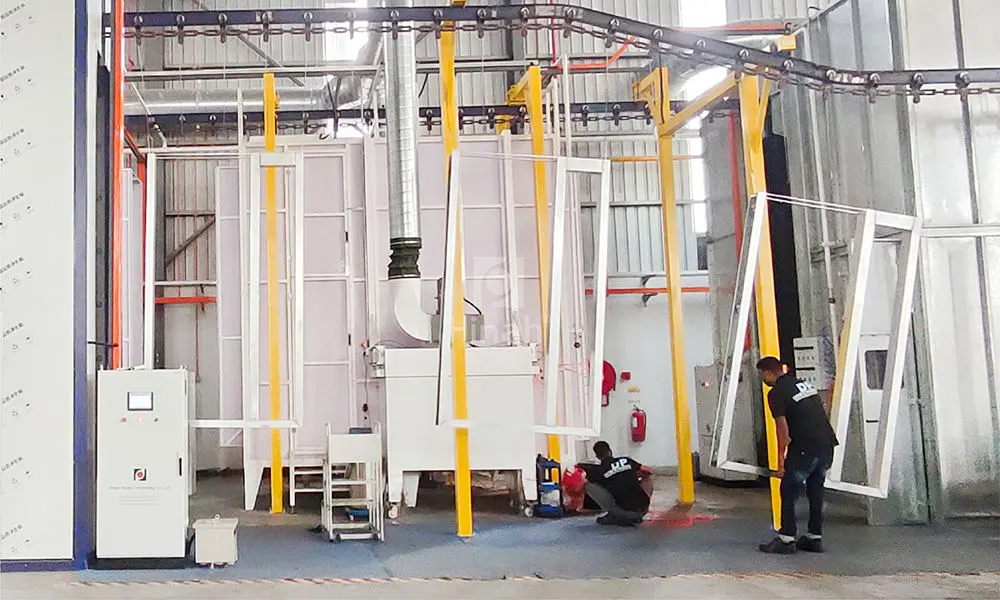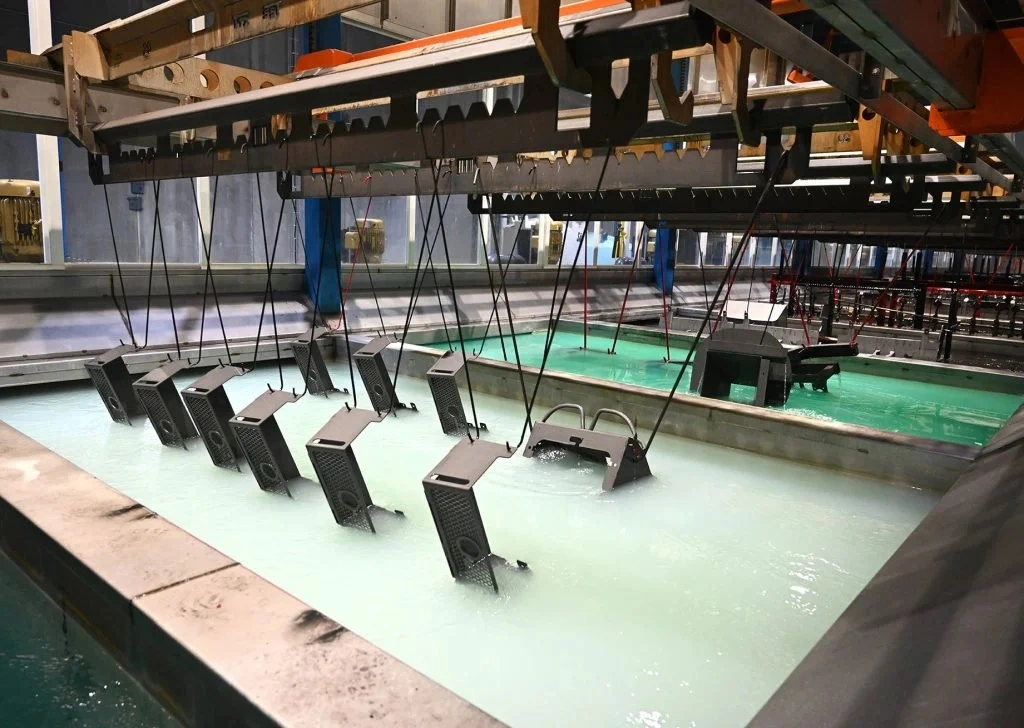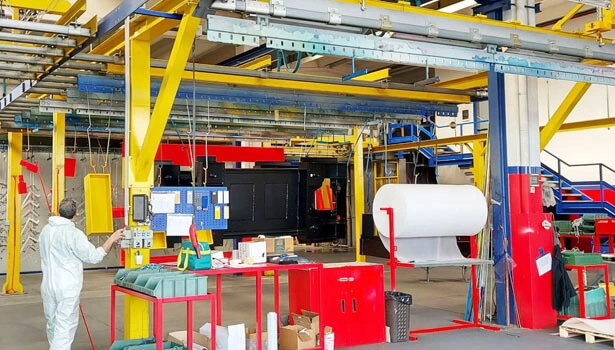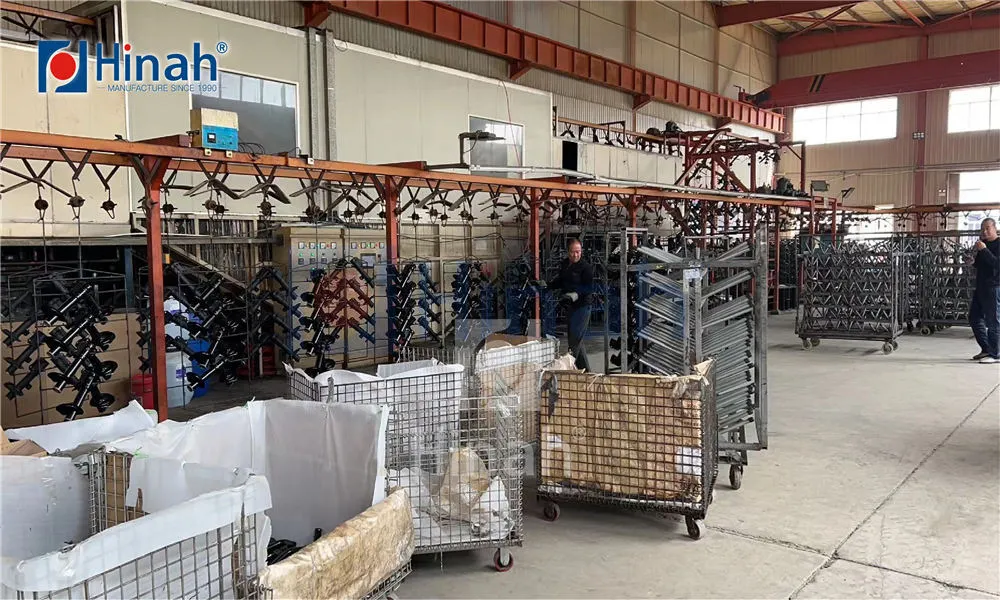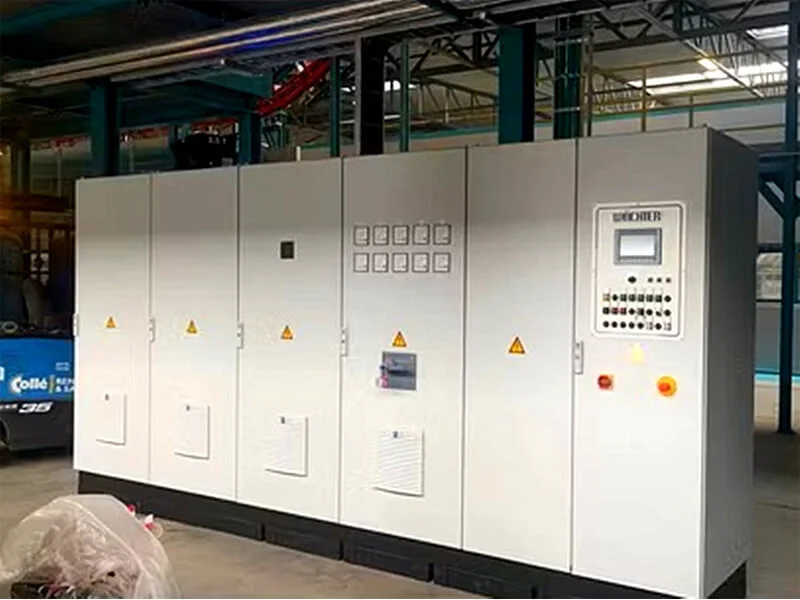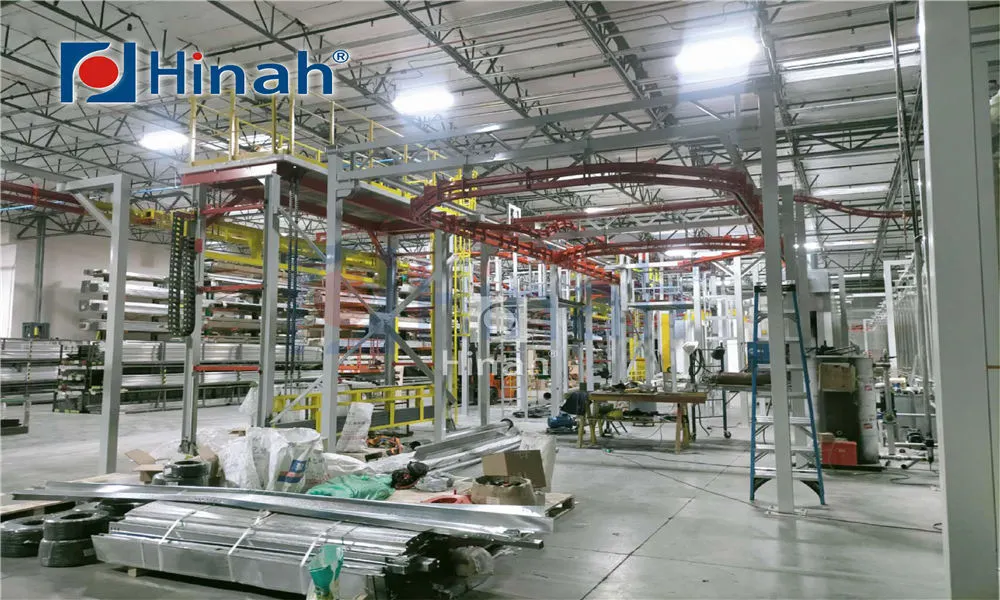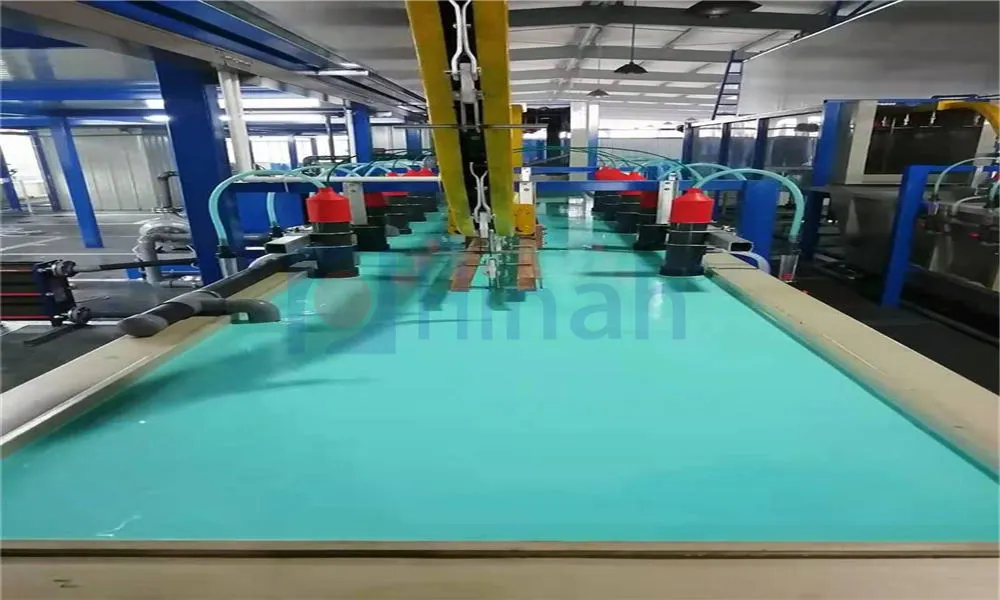In the world of industrial manufacturing, efficiency, consistency, and quality are paramount. The conveyor curing oven is a cornerstone of modern production lines, enabling the rapid and uniform curing of coatings, inks, adhesives, and composites. Among the various types, the UV curing conveyor oven has gained significant traction for its speed and energy efficiency. This comprehensive guide delves into the intricacies of these systems, exploring their operation, benefits, applications, and common challenges. We will also highlight how industry leaders like HANNA are innovating in this space to provide robust solutions.
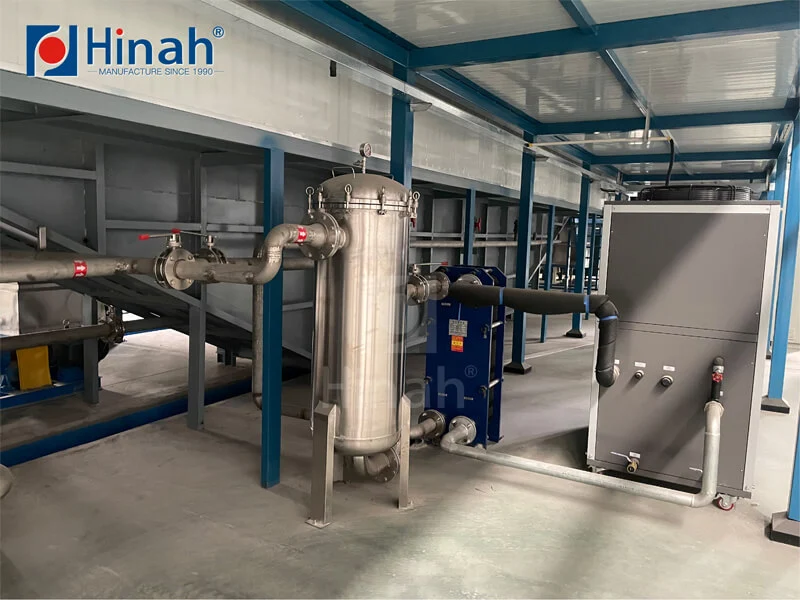
What is a Conveyor Curing Oven?
A conveyor curing oven is a thermally insulated chamber used to cure products by transferring them through a controlled heating zone on a conveyor belt. This process involves the application of heat to a substance to harden it, a critical step in numerous manufacturing processes. The conveyor system ensures a continuous, automated workflow, significantly boosting production rates compared to batch ovens.
The core function of any curing oven is to initiate a chemical reaction—typically crosslinking polymerization in coatings or resins—through the application of heat. This transforms a liquid or semi-liquid material into a solid, durable finish. When we specifically talk about a UV curing conveyor oven, the mechanism shifts from solely thermal energy to ultraviolet light. These ovens use high-intensity UV lamps to instantly cure specially formulated inks and coatings, offering a dramatically faster alternative to traditional thermal methods.
How Does a UV Curing Conveyor Oven Work?
Understanding the operation of a UV curing conveyor oven is key to appreciating its advantages. The process can be broken down into a few critical steps:
Application: The product, often a substrate like metal, plastic, or wood, has a UV-curable material applied to it. This material contains photoinitiators that react to UV light.
Conveyance: The product is placed onto the conveyor belt, which is typically made of a heat-resistant material like wire mesh or Teflon®. The speed of the conveyor is precisely controlled.
Exposure: As the conveyor transports the product into the oven chamber, it passes under powerful UV lamps. The lamps emit light at a specific wavelength (typically 200-400 nanometers), which is absorbed by the photoinitiators in the coating.
Curing: This absorption of UV energy triggers a photochemical reaction that causes the coating to polymerize and crosslink almost instantaneously, transforming it from a liquid to a solid state in a matter of seconds.
Cooling and Exit: The now-cured product exits the oven and is ready for immediate handling or the next stage of production.
The integration of the conveyor system ensures a consistent exposure time for every product, which is crucial for achieving uniform cure quality.
Key Applications of Conveyor Curing Ovens
The versatility of the conveyor curing oven makes it indispensable across a wide range of industries. The UV curing conveyor oven, in particular, has found a strong foothold in sectors where speed and low thermal impact are critical.
Printing: Curing UV inks on packaging, labels, commercial printing, and promotional products.
Wood Finishing: Curing coatings on furniture, cabinetry, and flooring. UV curing provides a hard, durable finish with minimal VOC emissions.
Electronics: Curing conformal coatings on printed circuit boards (PCBs), adhesives for component assembly, and protective inks.
Medical Devices: Curing coatings and adhesives on catheters, syringes, and other devices where a high-purity, biocompatible finish is required.
Automotive: Curing coatings on headlights, instrument panels, and other plastic components.
Metal Decorating: Curing coatings on beverage cans, cosmetic containers, and appliance panels.
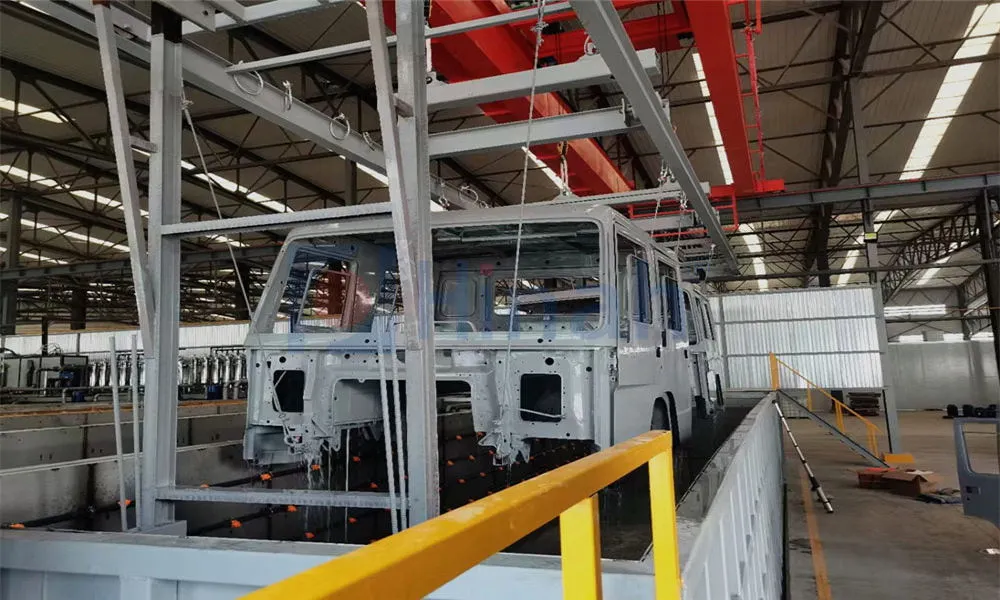
Advantages of Investing in a High-Quality Conveyor Oven System
Choosing the right system, such as those engineered by HANNA, offers numerous tangible benefits for a manufacturing operation:
Increased Production Speed: The continuous nature of a conveyor oven eliminates the downtime associated with loading and unloading batch ovens. A UV curing conveyor oven amplifies this benefit, with cure times measured in seconds rather than minutes or hours.
Unmatched Consistency and Quality: Automated conveyance ensures every product experiences identical dwell time and energy exposure. This eliminates human error and guarantees a uniform cure from the start to the end of a production run.
Space Efficiency: Conveyor ovens are designed for inline integration, optimizing floor space within a facility compared to multiple batch ovens.
Reduced Energy Consumption: Especially with UV systems, energy is directed precisely onto the product for a very short duration. This is far more efficient than heating a large thermal chamber and maintaining it at a high temperature for extended periods.
Improved Safety and Environmental Compliance: UV curing is typically a solvent-free process, drastically reducing the emission of volatile organic compounds (VOCs). Modern ovens also feature comprehensive safety interlocks and ventilation systems.
Common Problems with Conveyor Curing Ovens and How to Solve Them
Even the most robust systems can encounter issues. Understanding these common problems with conveyor curing ovens is the first step toward prevention and solution.
Incomplete or Non-Uniform Curing
This is one of the most frequent complaints, manifesting as tacky surfaces, soft spots, or poor adhesion.
Causes:
Incorrect Conveyor Speed: Moving too fast in a UV curing conveyor oven reduces UV exposure time; moving too slow in a thermal oven can cause overheating and damage.
** Lamp Intensity Degradation:** UV lamps and thermal heating elements lose intensity over time and must be replaced periodically.
Improper Temperature/UV Wavelength: The material may require a specific peak irradiance or temperature that the oven is not delivering.
Oven Zone Imbalance: In multi-zone thermal ovens, uneven temperature profiles can cause inconsistent curing.
Solutions:
Calibrate and regularly monitor conveyor speed.
Implement a preventive maintenance schedule to replace UV lamps and heaters based on operational hours.
Work with your material supplier and oven manufacturer (like HANNA) to validate the process parameters.
Use ovens with precise, independent zone controls and verify temperature uniformity regularly.
Conveyor Belt Tracking Issues
The belt can drift to one side, causing wear, product damage, and even catastrophic failure.
Causes:
Misaligned Rollers: The drive or idler rollers are not parallel to each other.
Belt Tension: Incorrect tension (too loose or too tight) is a primary cause of tracking problems.
Material Buildup: Debris or cured material on the rollers can affect the belt's path.
A Worn or Damaged Belt: Tears or stretched sections can cause inconsistent tracking.
Solutions:
Regularly inspect and adjust roller alignment.
Ensure the belt tension is set to the manufacturer's specification.
Establish a routine cleaning schedule for the belt and rollers.
Inspect the belt for wear and replace it when necessary.
Contamination of the Product
Dust, debris, or foreign particles can become embedded in the coating during the curing process.
Causes:
Dirty Oven Environment: Particulates can accumulate inside the oven and be blown onto the product by cooling fans.
Failing Blower Motors: Bearings in exhaust or recirculation fans can wear out and shed dust.
Dirty UV Lamp sleeves or reflectors in a UV curing conveyor oven can reduce efficiency and potentially contaminate the area.
Solutions:
Implement a strict, regular cleaning protocol for the entire oven interior.
Use high-efficiency particulate air (HEPA) filters on intake air sources.
Schedule routine inspection and cleaning of lamp assemblies and reflectors.
Overheating and Product Damage
Excessive heat can warp substrates, particularly plastics, or cause discoloration.
Causes:
Excessive Dwell Time: Conveyor speed is set too low.
Temperature Set Too High: This is often a result of incorrect process settings.
Inadequate Ventilation: Poor airflow within a thermal conveyor curing oven can create hot spots.
Solutions:
Precisely validate and control the conveyor speed and oven temperature.
Ensure the oven’s ventilation and exhaust systems are functioning correctly and are adequate for the process.
For heat-sensitive substrates, a UV curing conveyor oven is often the superior choice due to its "cold" cure process.
Maintenance Neglect
Many problems are not due to a single failure but a culmination of overlooked maintenance.
Causes:
Lack of a scheduled maintenance program.
Ignoring minor issues until they become major failures.
Solutions:
Develop and adhere to a comprehensive preventive maintenance plan provided by the manufacturer. Companies like HANNA offer detailed schedules and support.
Train operators to perform daily visual inspections and basic checks.
Keep a log of all maintenance activities and component replacements.
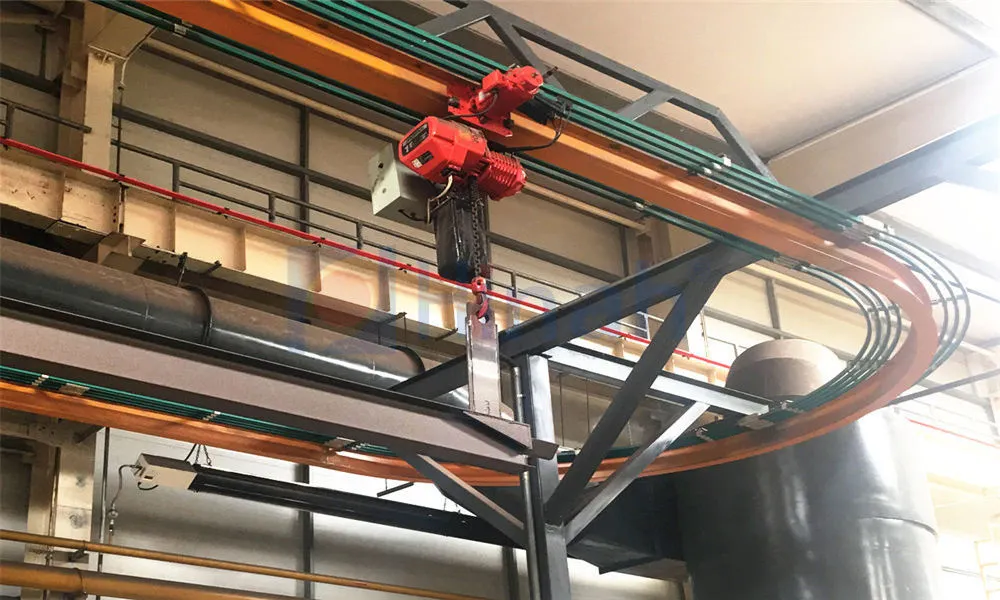
Why Choose a HANNA Conveyor Curing Oven?
Selecting a partner for your curing needs is a critical business decision. HANNA has built a reputation for engineering durable, reliable, and high-performance industrial ovens. A HANNA conveyor curing oven is designed with the operator in mind, featuring intuitive controls, robust construction, and a commitment to energy efficiency. Whether your process requires a precise thermal conveyor curing oven or a high-speed UV curing conveyor oven, HANNA provides tailored solutions backed by expert technical support. Their systems are engineered to mitigate the common problems listed above, ensuring your production line runs smoothly and efficiently for years to come.
The conveyor curing oven is a vital asset for any modern manufacturing facility seeking to improve productivity and product quality. The emergence of UV curing conveyor oven technology has further revolutionized the industry by offering unprecedented speed and efficiency for compatible applications. While these systems are powerful, being aware of potential issues like inconsistent curing, belt tracking, and contamination is essential for uninterrupted operation. By partnering with a trusted manufacturer like HANNA and implementing a rigorous preventive maintenance regimen, you can maximize the return on your investment and ensure your curing process remains a reliable pillar of your production success.


